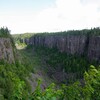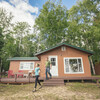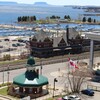
Walk This Way: Self-Guided Art and History Tours in Thunder Bay
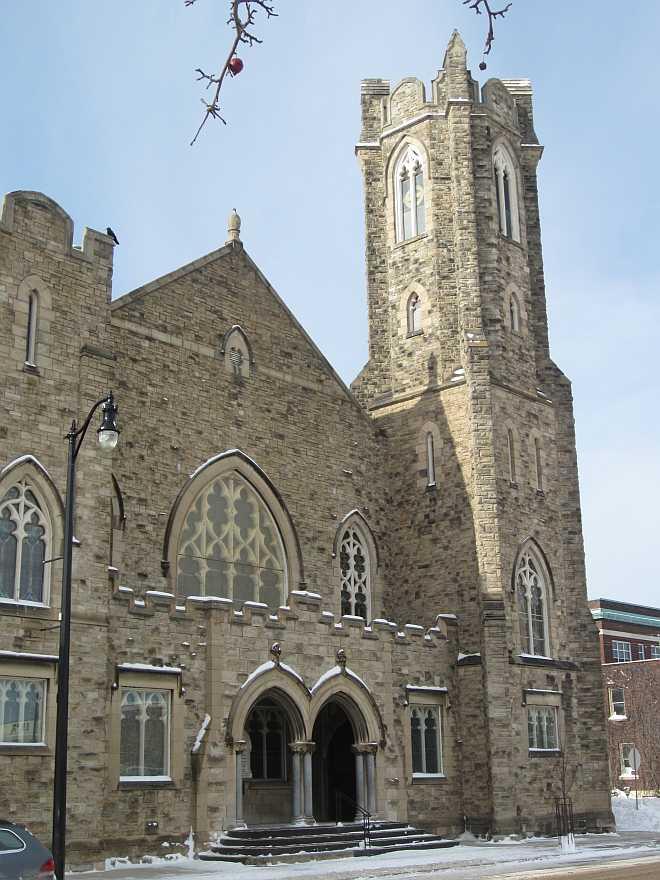
In addition to guided walking tours occasionally hosted by the Thunder Bay Museum, history buffs, arts fans and heritage lovers can do their own self-guided tours in different parts of this Nothern Ontario city. You’ve definitely got lots of options if you're looking to discover art and history around scenic Thunder Bay!
Here is a breakdown of the top tools to help you get the most out of your city exploration.
1. Thunder Bay Tour App: Historical Walking Tours
Just download the free Thunder Bay Tour app to your smartphone or tablet. It offers audio features with narratives by local residents at each tour stop, or if you prefer to read the text yourself, there’s a transcript option as well. Take advantage of insider perspectives, pop-up notifications, and nearby attractions, activities, events and venues. Maps and historical photos are also part of the app. There are 117 sites covered in total, through five different tours: Thunder Bay Waterfront and North Core; Waverley Park; McVicar Creek/Harrington Court; Thunder Bay South Core; and Vickers Park. Each tour takes about an hour to complete on foot. If you don’t have a data plan, no worries—simply download and save the tours you’re interested in, so they’re ready when you are.
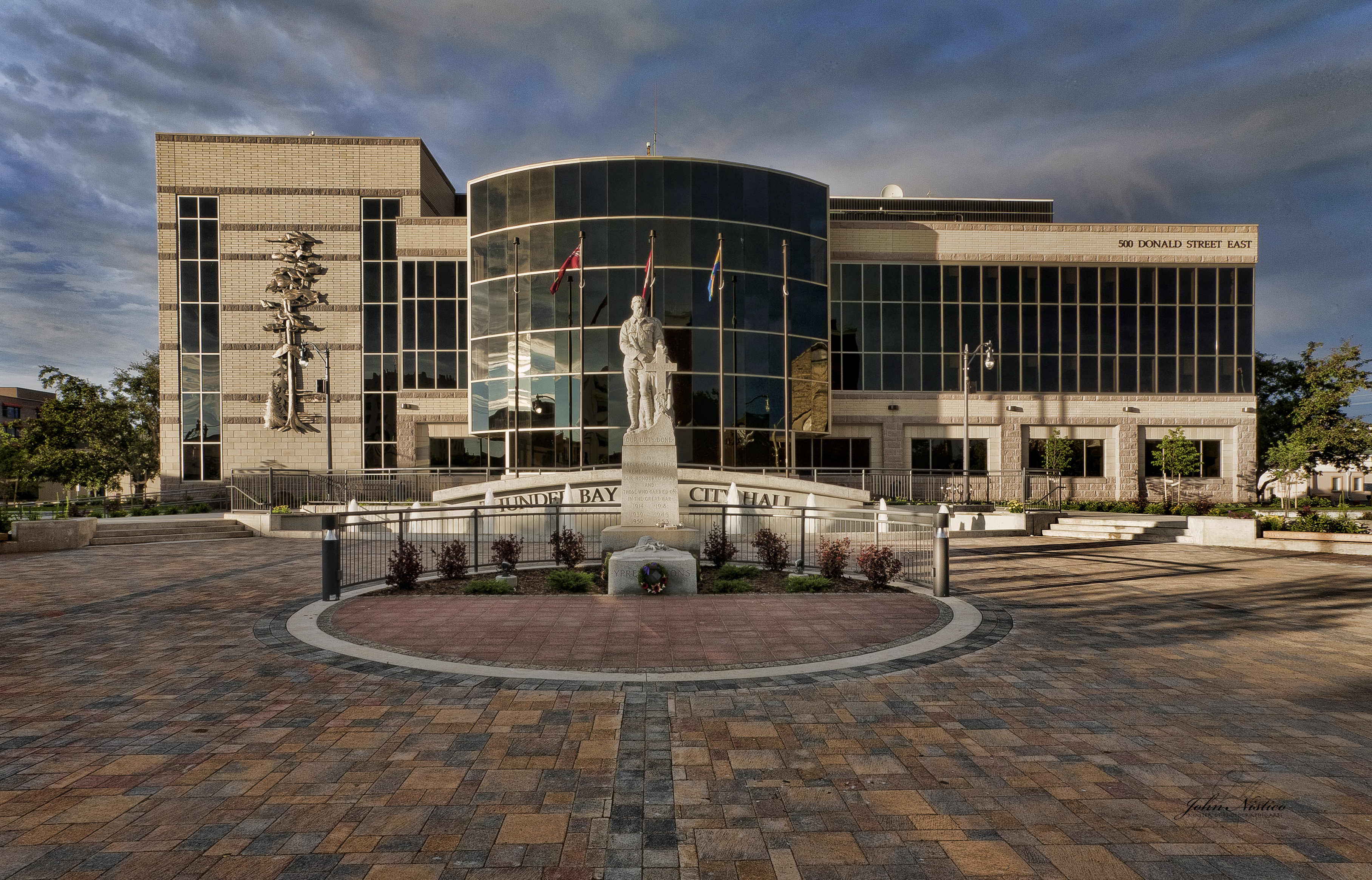
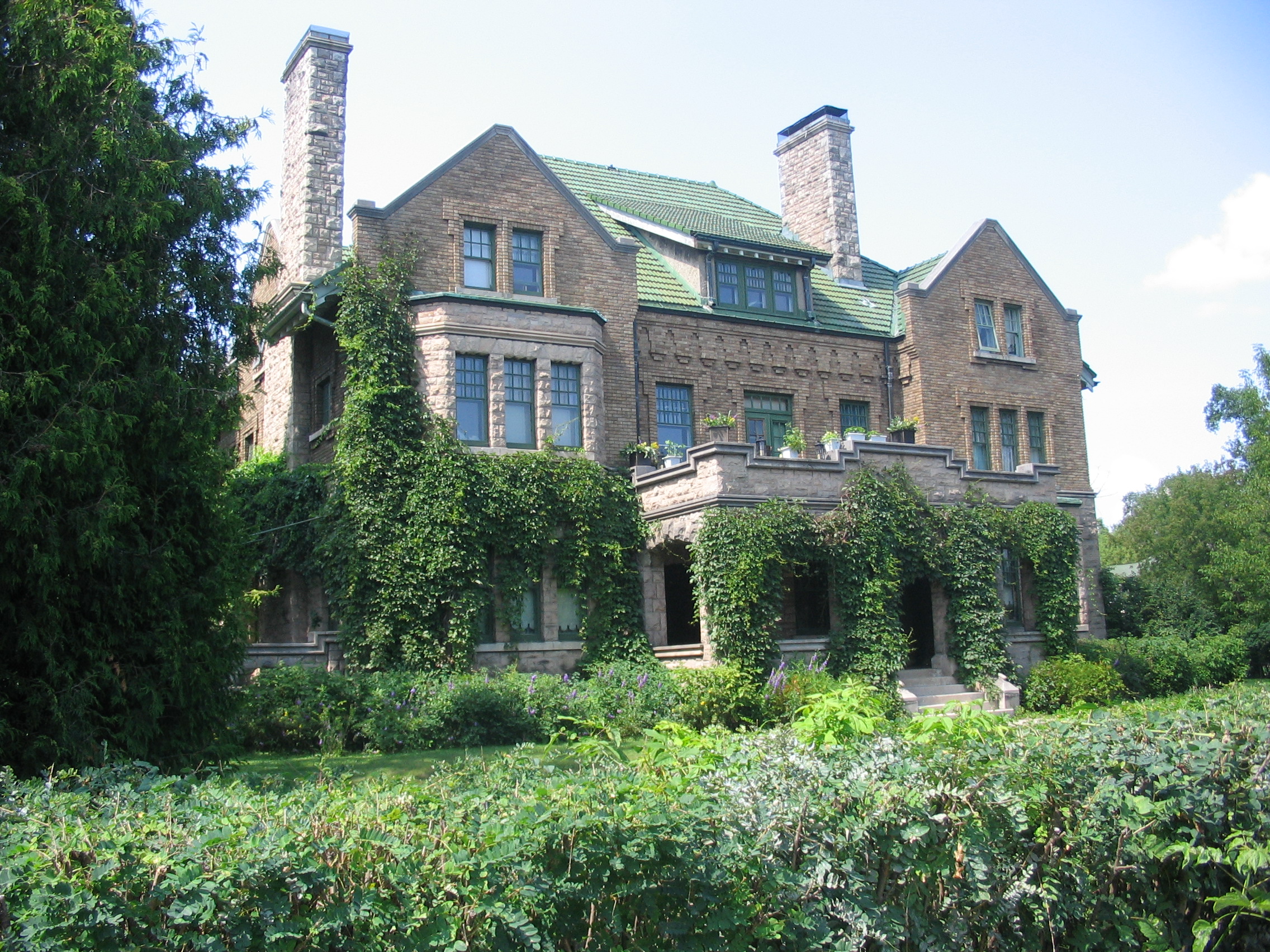
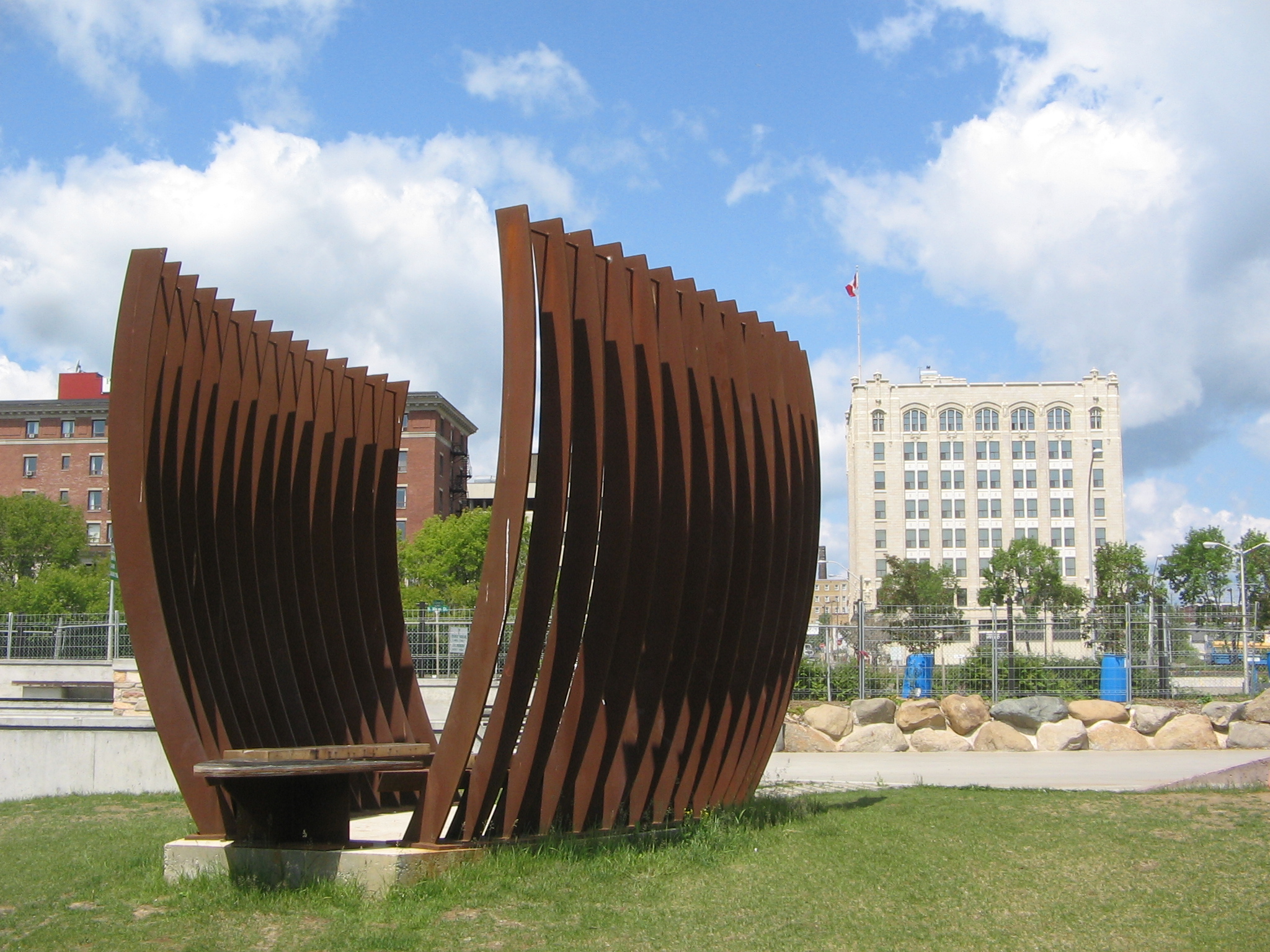
2. Big Boreal Adventure Historical Walking Tours
Big Boreal Adventure, a nature-based scavenger hunt for kids, was inspired to add historical tours to its guidebook collection. “I wanted to put a Big Boreal Adventure post near the Ontario Power Generation station near Mission Marsh, but the site wasn’t right for a permanent post,” says program director Marilyn Grudniski. “Then an OPG employee said, ‘look at all our history right here…you can see the grain elevators and the railroad and the ships on Lake Superior,’ and I realized that creating a series of historical walking tours was the way to go.” Download one of three historical guidebooks covering interesting buildings, architecture, bridges, public art, geology, First Nations history and more in Port Arthur and Fort William, the two communities that joined to become the city of Thunder Bay in 1970.
Here's a taste of what to expect: There are five different walking tours in Book 1: “In the Beginning” (Hillcrest Park, the Sleeping Giant, grain elevators and more); the “Bay and Algoma Cultural Tour” (featuring the Lyceum Theatre, the Prince Arthur Hotel and the Waverley library, among others); and “Superior Sea! A Waterfront Walk” (which includes the Pagoda], the old piers and the railroads). Both of the original cities are represented too, with “A Day in the Life—Port Arthur,” which takes you around Algoma Street, Red River Road and Cumberland Street. In “A Day in the Life—Fort William” you can check out Brodie Street Library, part of the Carnegie Library legacy (it’s worth stopping in to see the arched stained glass windows of Shakespeare and the other boys of literature too), the attractive St. Andrew’s Presbyterian Church, built in 1908 and a designated heritage building, the 1906 Times Journal building, now home to the gift store Victoria’s Cupboard; and the somewhat post-apocalyptic yet imposing façade and pillars of the CIBC, built in 1910 and subject to its first armed robbery in 1911 (the crook and $5,000 were later found at a nearby hotel).
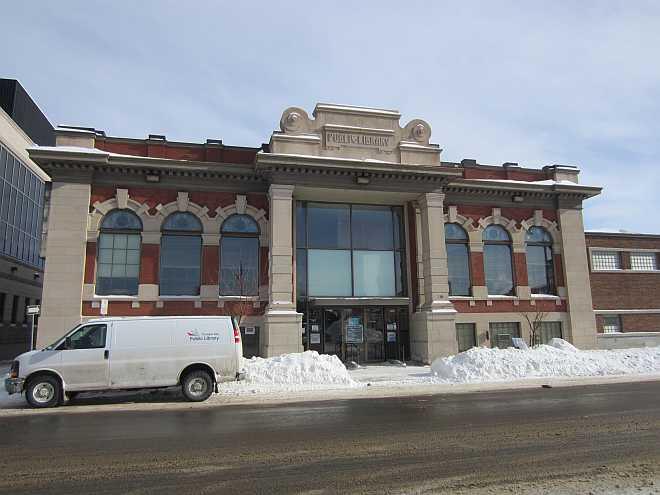

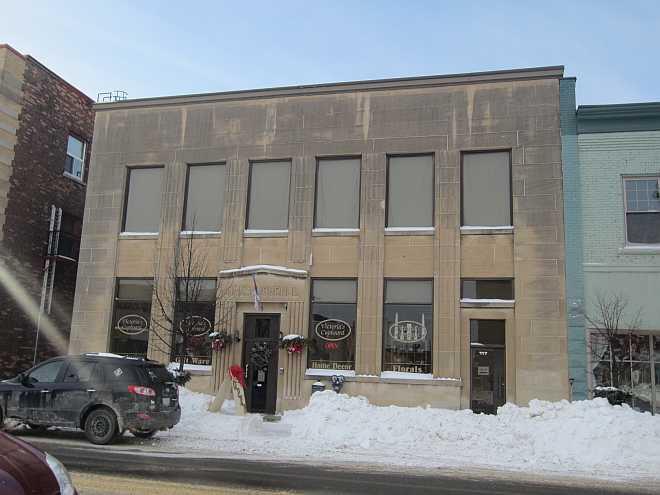
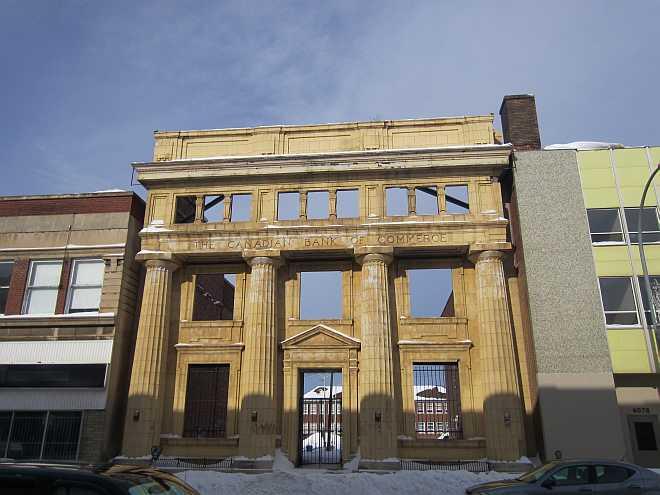
3. Thunder Bay Tours App: Public Art
The free Thunder Bay Tours app also features a Public Art walking tour along the Prince Arthur’s Landing waterfront area, or you can pick up a hard copy of the map at any of the city’s three Visitors Centres or the Baggage Building Arts Centre on the waterfront. The outdoor public art on display is diverse, with an interesting blend of contemporary and historical approaches. There are towering beacons blinking water-related mythologies and messages in Morse code out over Lake Superior, for example, as well as oversized shiny water droplets representing “the travellers return,” etched steel wall panels depicting images from Anishnaabe culture, and quotes from modern and historic writers reflecting on Lake Superior, carved into granite blocks, among others.
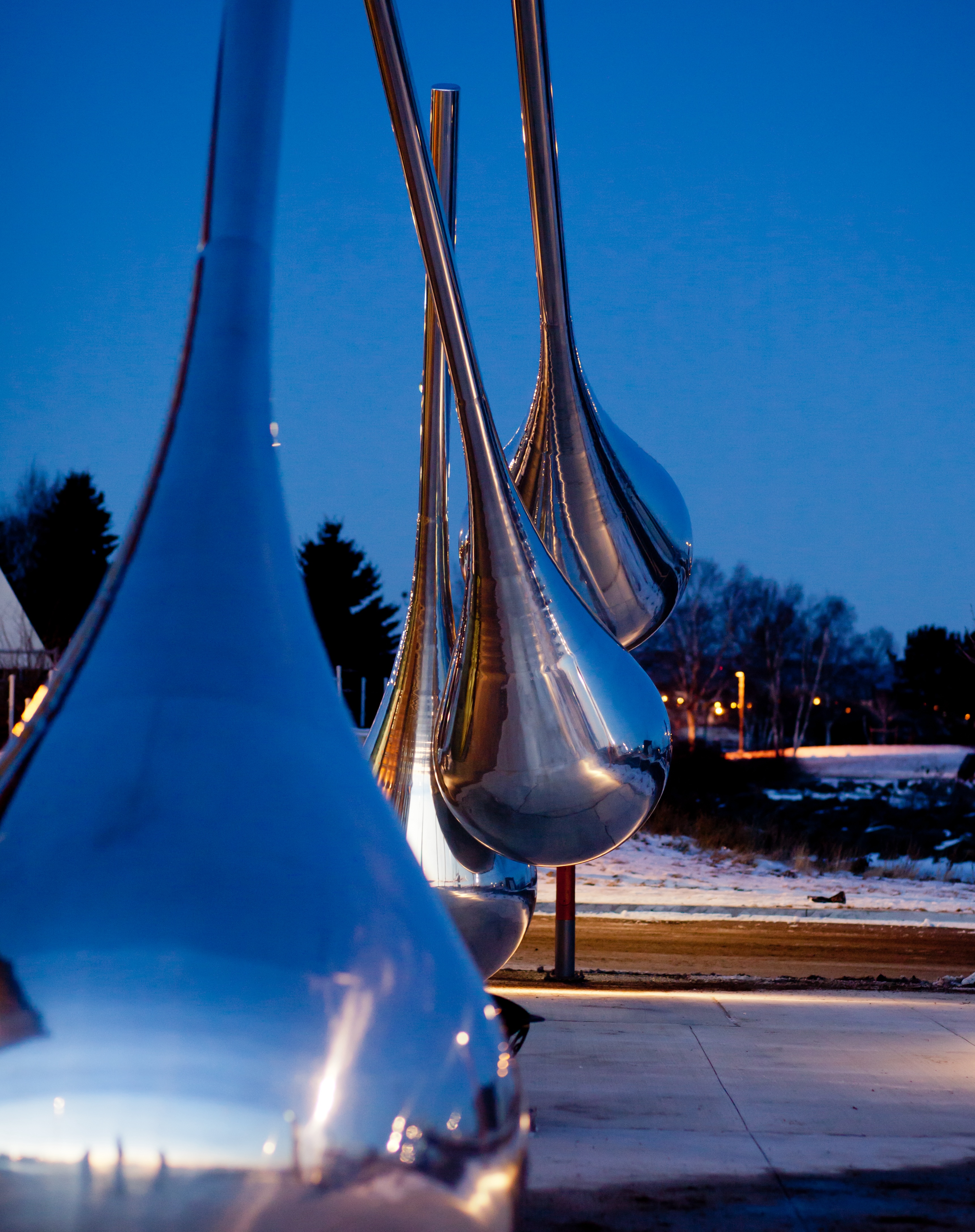
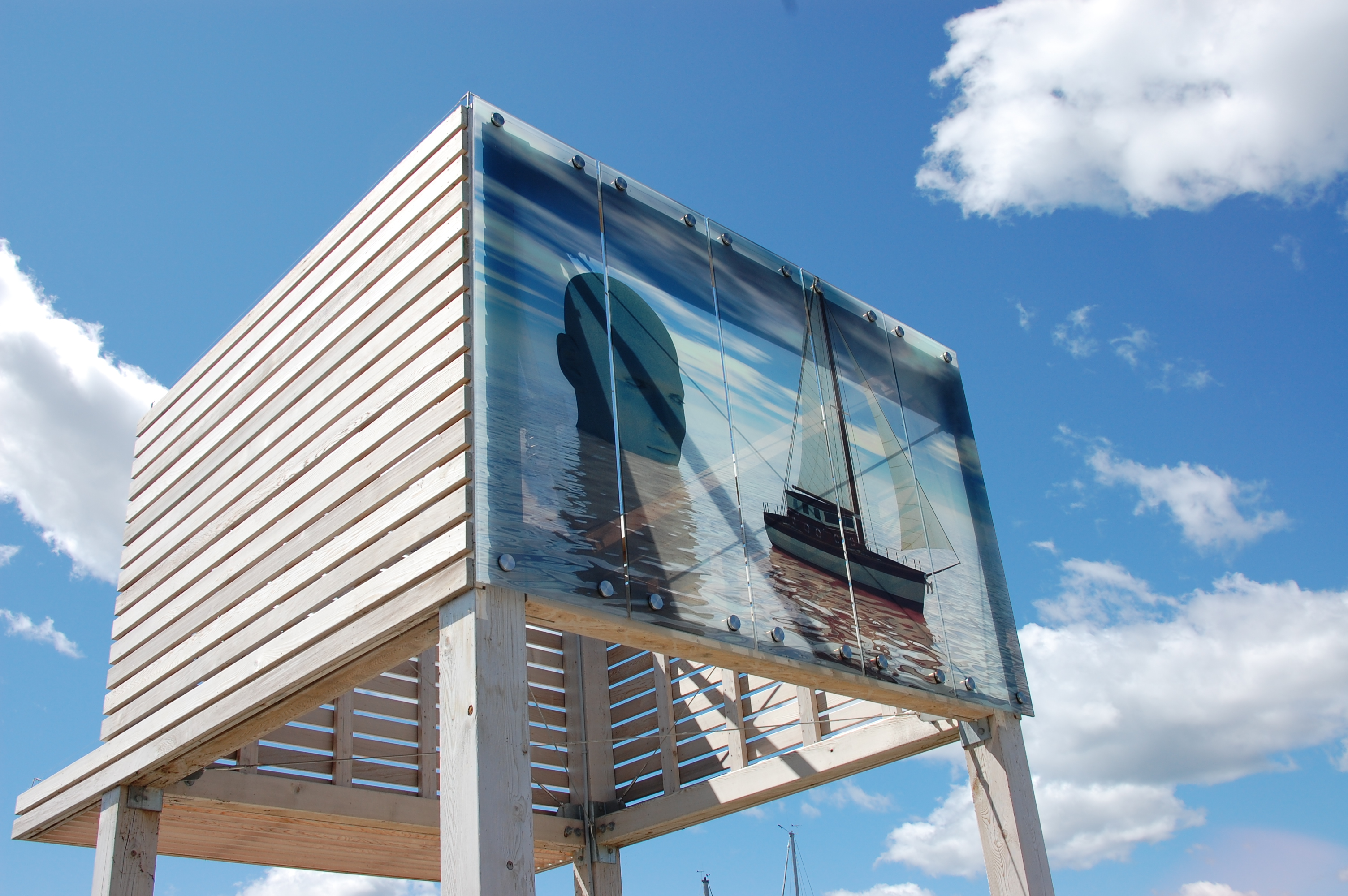
4. Graffiti Art Tour of Thunder Bay
Thunder Bay is home to a variety of traditional murals and vibrant modern graffiti art walls alike, in various parts of the city. Colourful and detailed, they’re a wonderful opportunity to get a sense of the city’s history and art community (and get a cool photo op too!). Be sure to check out Die Active’s Graffiti Art Tour for more information.
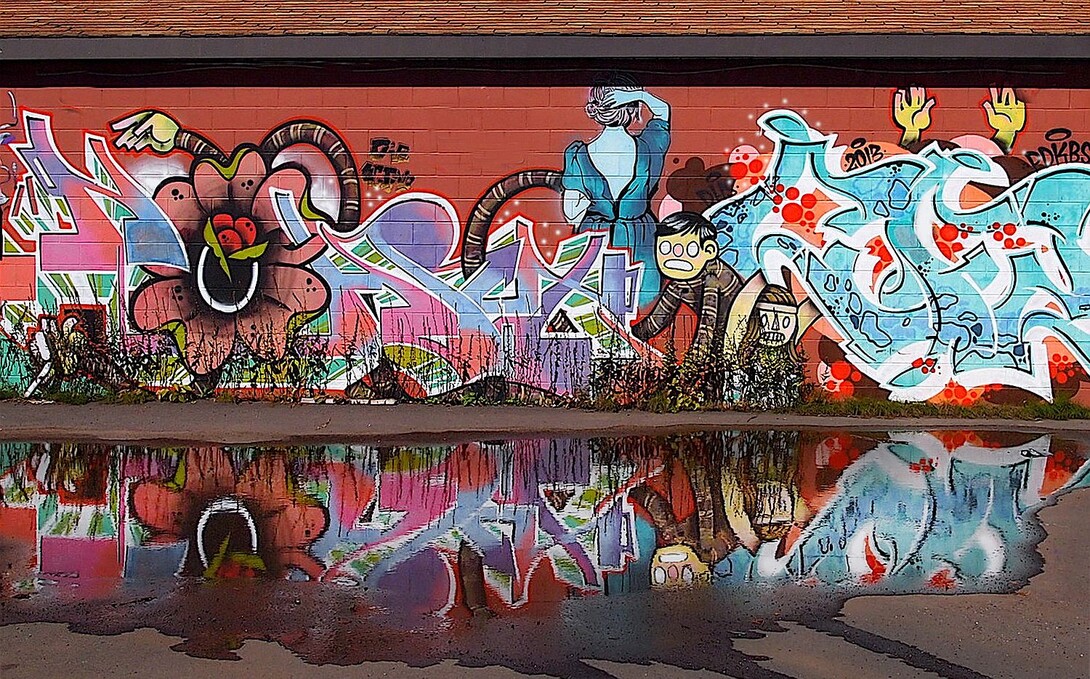
Whether you’re walking, scootering or cycling, self-guided tours are a great way to get to know a city better. For visitors and residents, it’s a chance to retrace the paths of the settlers and Indigenous residents who shaped the city as well as to discover some unique public art.
Recommended Articles

Epic Lake Superior Adventures Near Thunder Bay
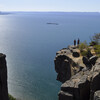
Experience Your Perfect Summer in Thunder Bay

Eco-Friendly Travel in Thunder Bay

Wellness Retreats in Thunder Bay

LGBTQIA+ Friendly Businesses in Thunder Bay

Uncovering Thunder Bay's Hidden Gems

Top 10 Interesting Facts About Thunder Bay

Work Hard, Reward Yourself: Discover Thunder Bay’s Best Winter Experiences

Thunder Bay Winter Fun Guide 2025

12 Best Places to Stay in Thunder Bay

5 Fantastic Ways to Explore the Water in Thunder Bay

5 Reasons to Bring a Conference or Meeting to Thunder Bay, Ontario

21 Ways to Enjoy Thunder Bay
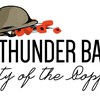
The Remembrance Poppy and its Thunder Bay Roots

Why You Should Always Travel With Fishing Gear in Thunder Bay

This new cruise ship sails into Thunder Bay

Chill Out in Thunder Bay: Why Cold Plunges Are Hot Right Now



